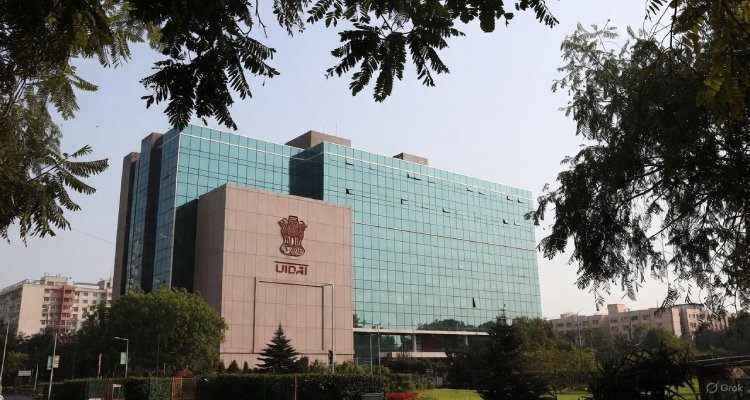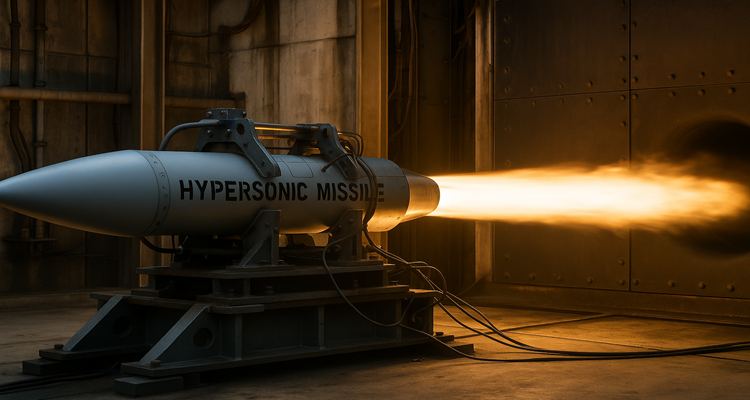India, UK Agree to £350-Million Missile Deal: A New Era in Defence Cooperation
India and the UK ink a £350 million missile deal, enhancing air defence capabilities and paving the way for deeper military collaboration.
Introduction: A Strategic Leap in Defence Ties
In a landmark move set to reshape defence cooperation, India and the United Kingdom have signed a £350 million ($468 million) agreement for the supply of Lightweight Multirole Missile (LMM) systems. Announced during British Prime Minister Keir Starmer’s two-day visit to Mumbai on October 8–9, this deal underscores the deepening strategic ties between the two nations, blending technological collaboration with economic opportunities.
Context & Background: Building on Years of Partnership
India has long sought to modernize its air defence capabilities, responding to evolving threats from drones, helicopters, and fast-moving maritime targets. The UK, meanwhile, has been expanding its defence exports while securing jobs in its domestic manufacturing sector.
The LMM deal is part of a broader agenda of UK-India defence collaboration. It follows years of negotiations and earlier agreements on complex weapons systems and naval technology. Notably, the partnership also includes progress in electric-powered naval engines, with an initial £250 million ($333 million) collaboration signed alongside the missile deal.
Main Developments: The Details of the Missile Deal
The agreement provides for the delivery of LMM systems, manufactured by Thales at its Belfast facility in Northern Ireland, to the Indian Army. Each missile weighs just 13 kilograms, designed for precision strikes with minimal collateral damage.
Key Features of the LMM (Martlet) include:
- Precision targeting: Equipped with a laser beam riding guidance system for high accuracy.
- Versatility: Effective against drones, helicopters, small aircraft, and light naval targets.
- Triple-effect warhead & proximity fuse: Capable of neutralizing light-armored, wheeled, tracked vehicles, and aerial platforms.
- Air, land, and naval adaptability: Optimized for multiple operational theatres.
For the UK, this contract secures approximately 700 jobs at the Belfast factory, which also produces LMM systems currently supplied to Ukraine. Analysts see this as a win for both defence exports and domestic employment.
Expert Insight and Public Reaction
Defence experts have welcomed the agreement, noting the strategic significance for India’s military preparedness. Dr. Arun Mehta, a security analyst, remarked, “The LMM system strengthens India’s precision strike capabilities significantly. Beyond technology transfer, it signals a long-term defence partnership with the UK, which could extend to other complex weapon systems.”
From the UK perspective, the deal demonstrates the value of defence exports in supporting jobs and sustaining high-tech manufacturing. Industry insiders also view this as a stepping stone toward broader collaboration, particularly in naval propulsion and electric-powered systems.
Public reactions in India highlight growing enthusiasm for modernizing defence capabilities. Social media discussions underscore optimism about both strategic security and potential employment opportunities generated indirectly by such collaborations.
Impact & Implications: What This Means Moving Forward
The £350 million missile deal is more than a transactional purchase; it is a strategic investment in Indo-British defence relations. Some key implications include:
- Strengthened Air Defence: The Indian Army gains access to a versatile, precision missile system capable of countering modern aerial threats.
- Industrial Benefits: The UK secures jobs in Northern Ireland and bolsters its defence manufacturing base.
- Strategic Collaboration: The deal lays the groundwork for future complex weapons agreements and advanced naval systems development.
- Geopolitical Messaging: The agreement sends a signal to the global community about the growing UK-India defence axis, particularly in an era of regional security challenges in Asia and beyond.
The LMM systems are expected to be operational within a defined delivery schedule, enhancing India’s readiness against aerial and maritime threats. Simultaneously, the collaboration on electric-powered naval engines could reshape naval operational capabilities for both nations.
Conclusion: A Milestone in Defence Partnership
The India-UK £350 million missile deal marks a significant milestone in bilateral defence cooperation. Beyond boosting air defence capabilities, it strengthens industrial ties, secures jobs, and paves the way for future complex weapon collaborations. As both nations continue to explore advanced defence technologies and naval innovations, this agreement represents a decisive step toward a more resilient and technologically advanced partnership.
Disclaimer:This article is based on publicly available information and reports regarding the India-UK missile deal. All opinions, analysis, and insights are for informational purposes only and do not constitute official statements from any government, defence organization, or company mentioned. Readers are advised to verify details from official sources before making any decisions based on this content.











